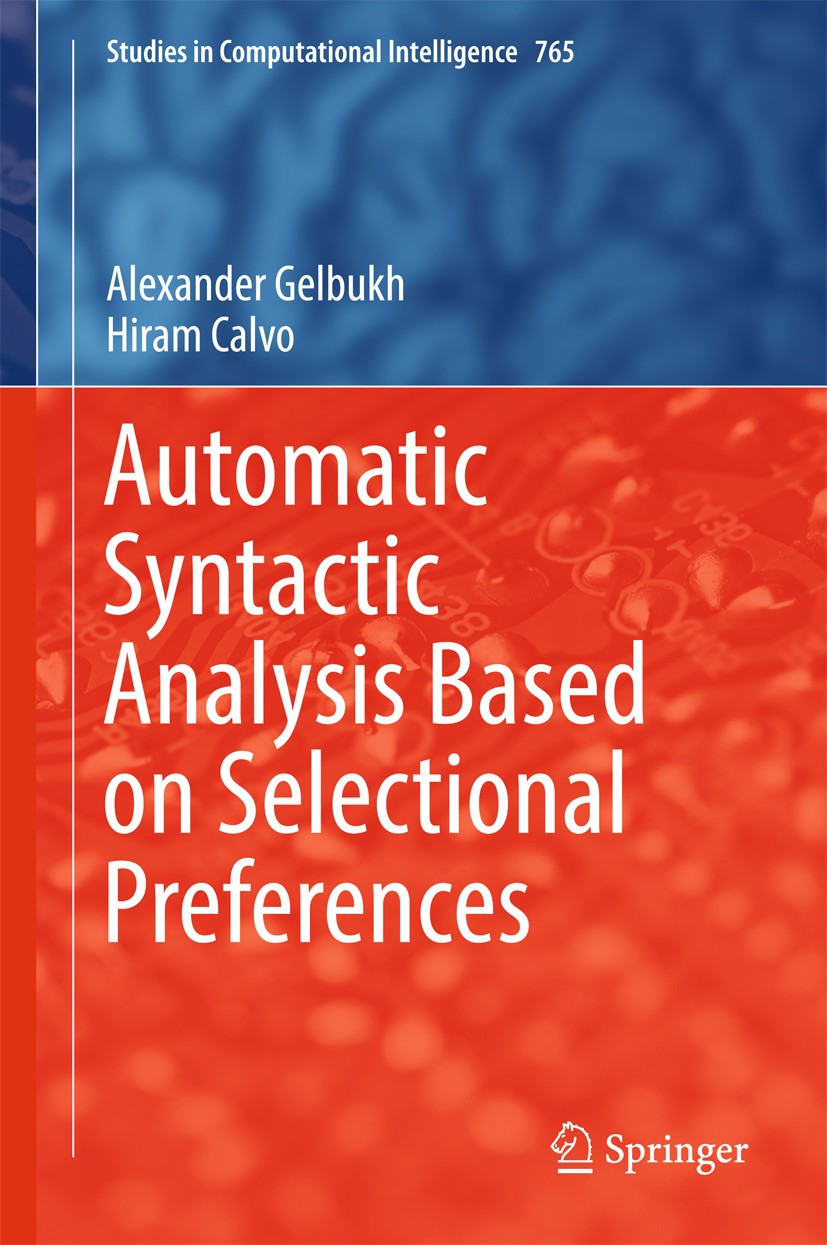| 期刊全称 | Automatic Syntactic Analysis Based on Selectional Preferences | | 影响因子2023 | Alexander Gelbukh,Hiram Calvo | | 视频video | http://file.papertrans.cn/167/166455/166455.mp4 | | 发行地址 | Describes recent methods for automatically analyzing a sentence, based on the syntactic and semantic characteristics of the elements that form it.Presents a disambiguation algorithm based on linguisti | | 学科分类 | Studies in Computational Intelligence | | 图书封面 |  | | 影响因子 | .This book describes effective methods for automatically analyzing a sentence, based on the syntactic and semantic characteristics of the elements that form it. To tackle ambiguities, the authors use selectional preferences (SP), which measure how well two words fit together semantically in a sentence. Today, many disciplines require automatic text analysis based on the syntactic and semantic characteristics of language and as such several techniques for parsing sentences have been proposed. Which is better? In this book the authors begin with simple heuristics before moving on to more complex methods that identify nouns and verbs and then aggregate modifiers, and lastly discuss methods that can handle complex subordinate and relative clauses. During this process, several ambiguities arise. SP are commonly determined on the basis of the association between a pair of words. However, in many cases, SP depend on more words. For example, something (such as grass) may be edible, depending on who is eating it (a cow?). Moreover, things such as popcorn are usually eaten at the movies, and not in a restaurant. The authors deal with these phenomena from different points of view.. | | Pindex | Book 2018 |
The information of publication is updating

|
|
 |Archiver|手机版|小黑屋|
派博传思国际
( 京公网安备110108008328)
GMT+8, 2025-11-14 14:15
|Archiver|手机版|小黑屋|
派博传思国际
( 京公网安备110108008328)
GMT+8, 2025-11-14 14:15


